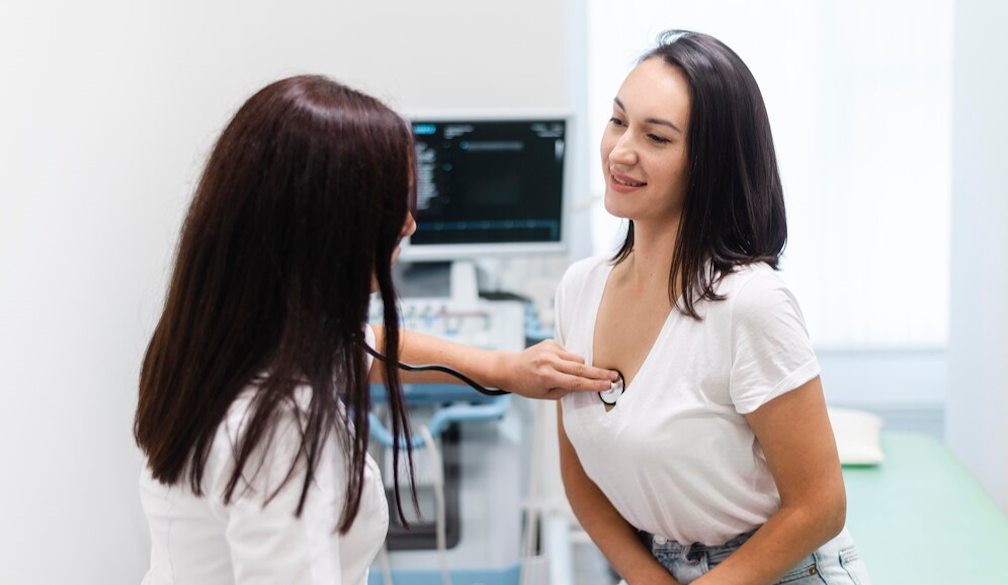Navigating Your Breast Imaging Test: A Guide for Patients

Understanding the intricacies of breast imaging tests can be essential for health professionals and patients. These procedures, such as breast ultrasounds, play a pivotal role in diagnosing and managing various breast conditions. This guide provides comprehensive information on what to expect during a breast ultrasound, why these tests are necessary, and the benefits and preparation required for these crucial diagnostic tools. The focus is on demystifying the process, ensuring patients are well-informed and comfortable with the procedures involved.
What is a Breast Ultrasound?
A breast ultrasound uses sound waves to create detailed images of breast tissue. It helps distinguish between different types of lumps and assess various breast conditions. It is a valuable tool for early detection and accurate diagnosis, leading to timely treatment.
Why Breast Ultrasounds are Recommended
Doctors often refer patients for breast ultrasounds when there is a palpable lump in the breast. These lumps could range from benign cysts to more severe conditions like lymphoma requiring further investigation. Ultrasounds provide clarity that other imaging tests, such as mammograms, might not offer, especially in younger patients whose denser breast tissue can obscure abnormalities.
In addition to evaluating lumps, breast ultrasounds are used to diagnose problems related to breast implants, assess abnormal nipple discharge, and investigate pain or changes in breast tissue structure. For instance, at the Inside Radiology site, extensive information is available regarding the various uses and benefits of breast ultrasounds in clinical settings. This ensures that patients and health professionals are well-informed about the procedure's capabilities and limitations.
Preparing for a Breast Ultrasound
No special preparation is necessary for a breast ultrasound. Patients are typically advised to wear a two-piece outfit for easy undressing of the upper body. During the procedure, the patient will lie on a bed, and gel is applied to the skin to facilitate the movement of the transducer. The process involves examining one breast at a time, often including the armpit area, to check for any enlarged lymph nodes or lumps. Understanding these steps can alleviate anxiety and ensure patients are comfortable and cooperative during the examination.
The Procedure and What to Expect
The breast ultrasound procedure typically takes 15 to 30 minutes. Patients will be asked to remove their top and bra, change into a gown, and lie on a bed while the examination is conducted. A transducer is moved over the breast area to capture detailed images, with the gel aiding in the process. Sometimes, a radiologist may need to be present for immediate evaluation, mainly if symptoms like lumps or skin changes occur. After the examination, the patient can resume normal activities immediately, as the ultrasound has no after-effects. The process is painless and involves no radiation, making it a safe diagnostic tool even for pregnant women.
Benefits and Limitations of Breast Ultrasounds
Breast ultrasounds are preferred by many health professionals for their ability to distinguish between different types of breast lumps, providing clarity that other imaging methods might not. Another significant benefit is the procedure's safety, as ultrasounds are safe for repeated use and pose no risk to patients, including those who are pregnant. However, there are limitations to consider, as ultrasounds might not detect all types of abnormalities, so additional tests like mammograms or MRIs may be required. Patients need to discuss the results and any further testing needs with their healthcare provider for appropriate follow-up.
Breast ultrasounds are vital tools in the early detection and diagnosis of various breast conditions. They offer a safe, non-invasive, and effective way to examine breast tissue and distinguish between different types of lumps. Preparing for and performing a breast ultrasound is straightforward, making it an accessible option for many patients.
By understanding the benefits and limitations of this diagnostic tool, patients can approach their breast imaging tests with confidence and clarity. This knowledge empowers individuals to make informed decisions about their health, fostering better outcomes and peace of mind.

























